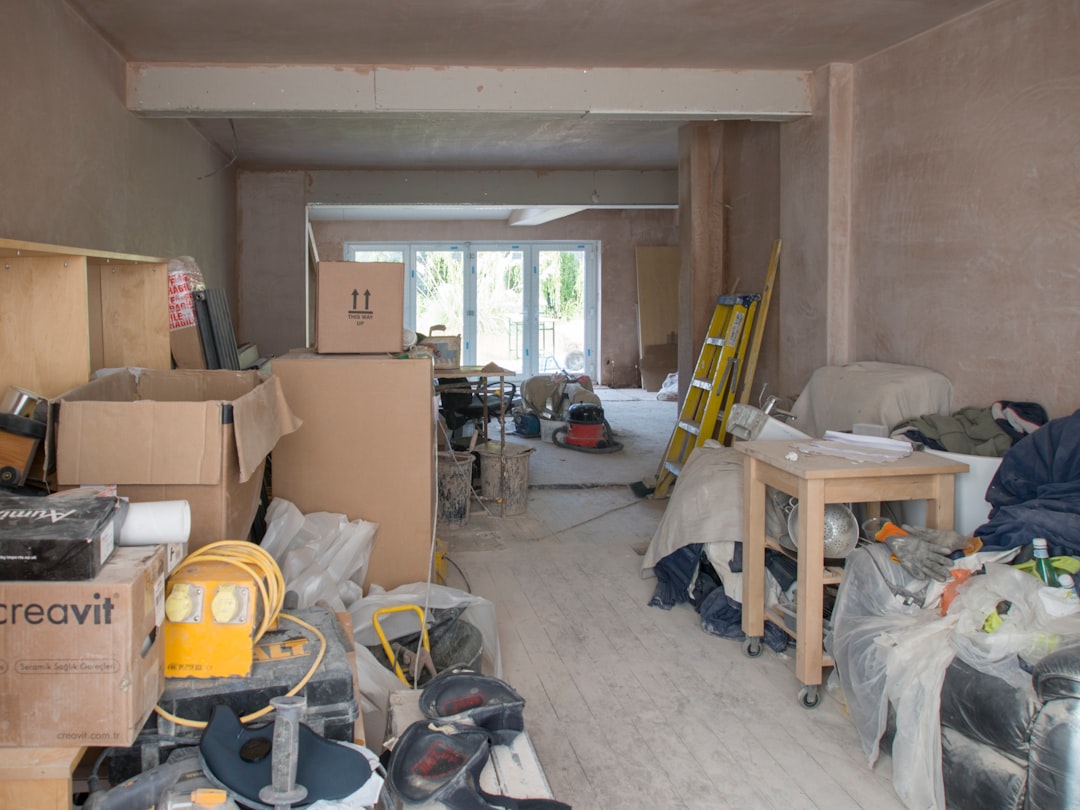Understanding Replace Hardwood Floor Cost in NYC Homes
Replacing hardwood floors in New York City can be a significant investment, with costs typically ranging from $14 to $32 per square foot. This includes materials, labor, and site-specific conditions. Understanding these factors is crucial for construction professionals aiming to provide accurate estimates and avoid overestimating costs.
Key Cost Drivers for Professionals
- Species and grade of wood – Red oak is generally less expensive than white oak or exotic options like walnut.
- Board width and pattern – Wider planks and intricate patterns like herringbone can increase material waste and labor hours.
- Subfloor condition – Repairing or replacing a damaged subfloor can add 15-20% to the overall budget.
- Demolition complexity – Removing nailed-in tongue-and-groove planks requires more labor than pre-finished click-lock floors.
- Finish choice – Oil-based polyurethane is cheaper initially but may require more maintenance compared to low-VOC waterborne finishes.
- Building access – Fifth-floor walk-ups can increase labor costs due to the difficulty of hauling materials.
Average NYC Replace Hardwood Floor Cost Range
Based on recent projects, typical costs are:
- Basic red oak strip replacement: $14–$17 per square foot installed
- Mid-range white oak or maple upgrade: $18–$22 per square foot installed
- Premium wide-plank or herringbone layouts: $24–$32 per square foot installed
These figures include tear-out, disposal, subfloor preparation, new boards, sanding, staining, and finishing. Additional costs may arise from co-op permitting or designer stains.
Why Traditional Estimating Falls Short
Manual spreadsheets and outdated price books can lead to inaccurate estimates. CountBricks offers a solution with:
- Real-time supplier APIs for current lumber pricing
- AI cross-checking labor productivity against local rates
- Voice recognition for hands-free scope tagging
Hidden Costs Professionals Should Consider
- Furniture moving and storage during floor curing
- Temporary dust control for open-plan spaces
- Electrical outlet adjustments for floor thickness changes
- Post-install cleaning and HVAC filter replacement
CountBricks highlights these potential costs to prevent surprise change orders.
Pro Tips for Staying on Budget
- Schedule projects between January and March when demand is lower.
- Consider character-grade boards to reduce material costs by 5-7%.
- Opt for square-edge planks for a modern look and faster sanding.
- Bundle trim replacement with floor work to minimize mobilization costs.
- Use progress invoicing to manage cash flow effectively.
CountBricks vs. Traditional Contractors
Speed: Same-day quotes instead of week-long waits.
Transparency: Itemized tasks and materials displayed in a web dashboard.
Accuracy: AI refines estimates based on thousands of prior jobs.
Support: Dedicated project managers coordinate schedules and approvals.
Ready for Accurate Estimates?
Replacing hardwood floors is a major investment. Let CountBricks provide precise estimates for every aspect of your project. Visit CountBricks.com to learn more.
CountBricks Case Snapshot: Upper West Side Wide-Plank Refresh
A family in a pre-war co-op replaced their 2¼-inch oak strips with 7-inch white oak, matte-finished to match a modern renovation.
Scope Captured via Voice Walk-Through
- 1,200 square feet of demo and install across living room, hallway, and three bedrooms
- Subfloor repairs around two historic steam risers
- Custom flush metal vents stained to blend with the floor
AI Takeoff Highlights
- Material waste factor auto-calculated at 12% based on room geometry
- Labor productivity adjusted for a fifth-floor walk-up, adding 22 crew-hours
- Real-time white oak pricing pulled at $7.48 per square foot
Final Replace Hardwood Floor Cost
1. Demolition & disposal: $4,080
2. Subfloor leveling: $1,960
3. New wide-plank material: $10,070
4. Installation & finishing: $7,440
5. Building permit & elevator padding: $600
Total CountBricks contract: $24,150 or $20.13 per sqft
Client Wins
- Same-day estimate locked in material pricing before a market surcharge.
- Transparent line items facilitated board approval in one meeting.
- Dust-less sanding option minimized complaints from neighboring units.
Bring CountBricks Accuracy to Your Project
Whether planning a subtle stain change or a full plank overhaul, CountBricks delivers precise numbers and reliable crews. Explore more success stories at CountBricks.com and schedule your consultation today.

